Child abductor, sadist and murderer Georgia Tann
Categories: Children | History
By Pictolic https://pictolic.com/article/child-abductor-sadist-and-murderer-georgia-tann1.htmlLooking into the face of this lady, you are unlikely to think that in front of you is a child abductor, a sadist and a murderer. But this is exactly the case. It's all about her, about Georgia Tann. She stole about 5,000 children and earned millions of dollars from their adoption (and in fact — sale). At least thirty million, to be exact.
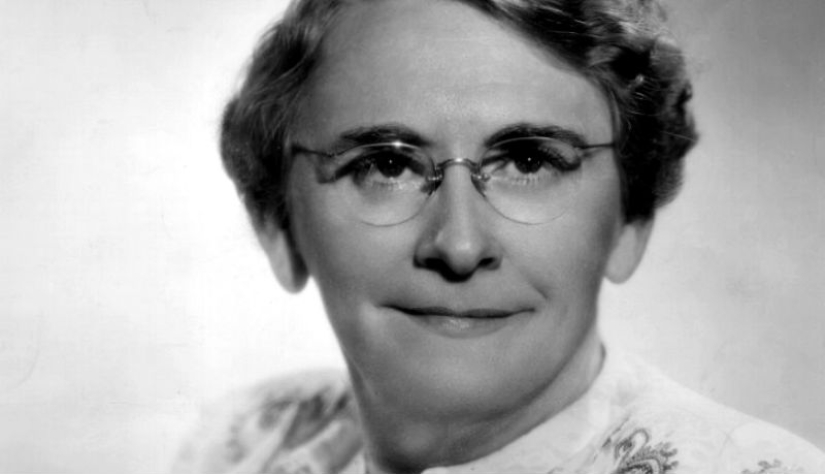
How many children she killed cannot be counted at all, since it is not possible to trace the fate of all, and even more so to prove the involvement of Tann. However, one would be enough to put her behind bars for the rest of her life, or even fry her in the electric chair. But fate decreed otherwise — the criminal died of cancer before the man could take justice into his own hands.
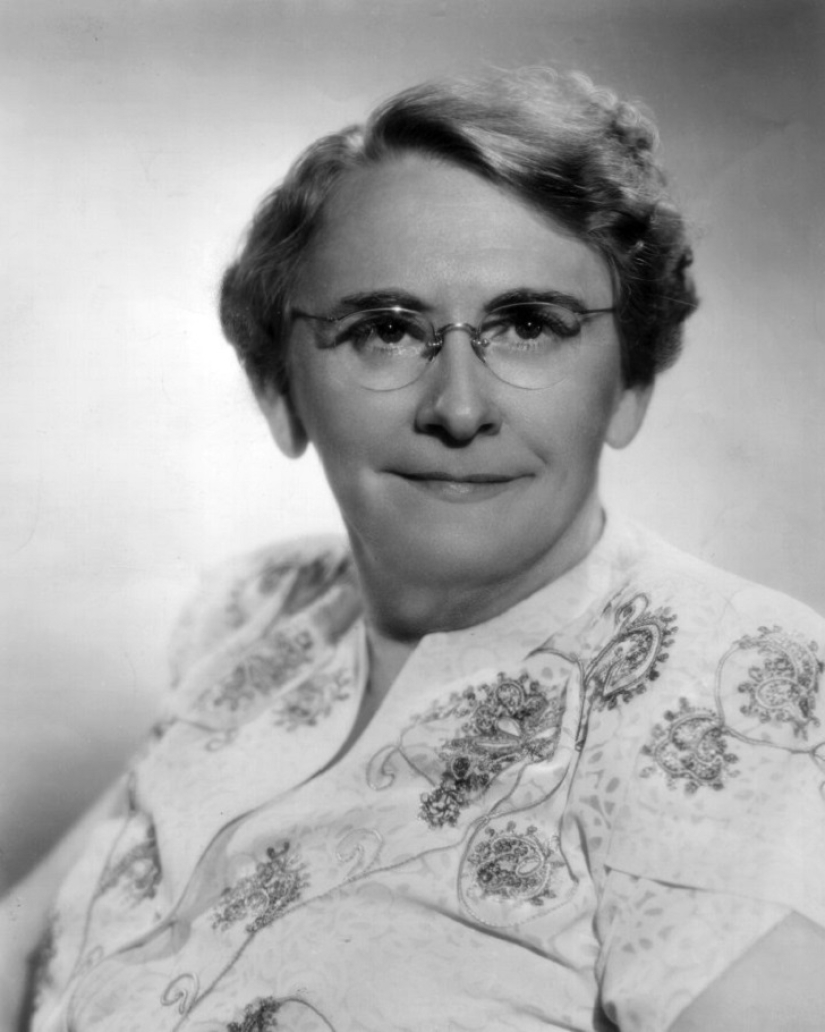
The special sound of this story is also given by the fact that some of the children selected by fraud from legitimate parents were subsequently adopted by Hollywood stars. Joan Crawford adopted through the "agency" Tann two twin girls Katie and Cynthia. A married couple of actors, Dick Powell and June Ellison, adopted a girl named Pamela with the help of Tann. And even the governor of New York State used her services and, together with his wife Edith, adopted a child in 1935. Moreover, he even signed amendments to the local law simplifying the adoption procedure, which undoubtedly played into the hands of the criminal.
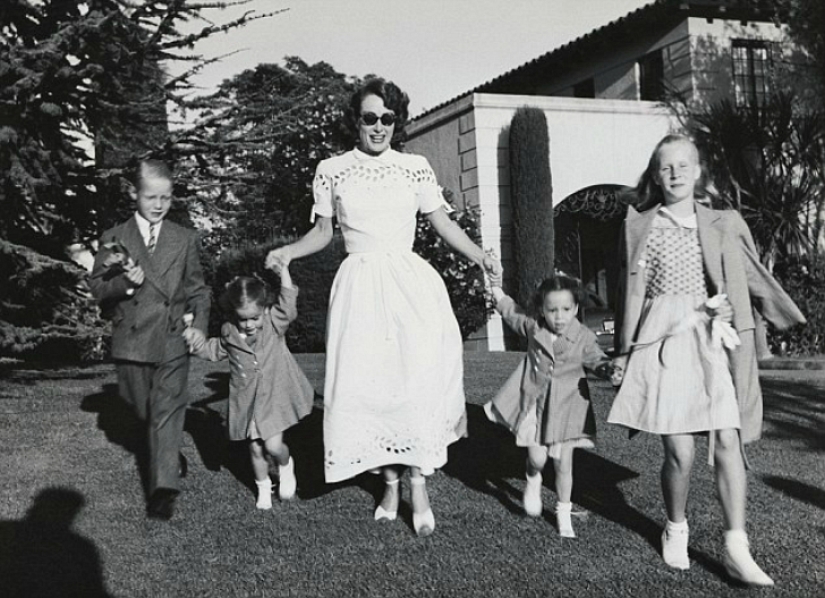
...Alma Sipple stood in despair at her baby's crib. A single mother in Tennessee could not afford to take her ill ten-month-old daughter Irma to the hospital. A sudden knock at the door heralded a turn in her fate. A woman with short-cropped gray hair and severely framed glasses stood on the threshold. The guest explained that she was the director of a local orphanage for children and had come to help. She said she could get the girl to the hospital for free treatment, but she had to take her herself, without Alma.
The philanthropist explained that there are many gaps in the "medical rules" and free treatment is possible only for children from the orphanage. Therefore, she undertakes to take Irma as a child from an orphanage. Alma Sipple agreed, the woman took the girl out of the crib, turned on her heels and disappeared. And two days later Alma found out that her daughter had died. In fact, Irma was sent to Ohio. One of the few, she was destined to see her real mother only after 45 years.
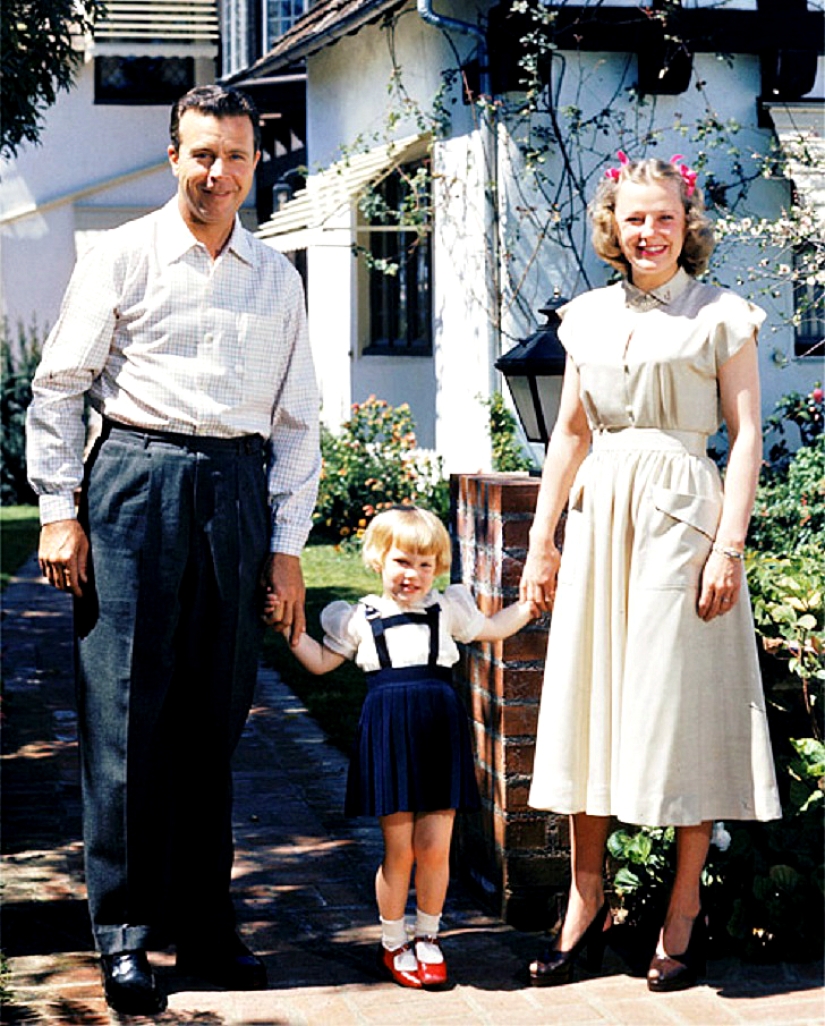
That's how Georgia Tann worked. A network of hired intelligence agents, corrupt judges and politicians helped her steal children. Sometimes her methods were extremely simple — from the above to stealing a child right on the street when he was walking home from school. After completing the necessary legal documents, children most often never saw their parents again.
At a time when Tann's business was booming (which is about thirty years), infant mortality in Memphis was at the highest level in the country. Georgia Tann earned money by charging adoption fees, but not only. She sold children into slavery — for agricultural work or in illegal sewing workshops. Some children were sold to rapists and pedophiles. Many even ended up in other countries. Tann had an established channel for transporting children to England. And only the "lucky ones" could end up in foster families, many of whom, in turn, did not realize that they were participating in an illegal enterprise.
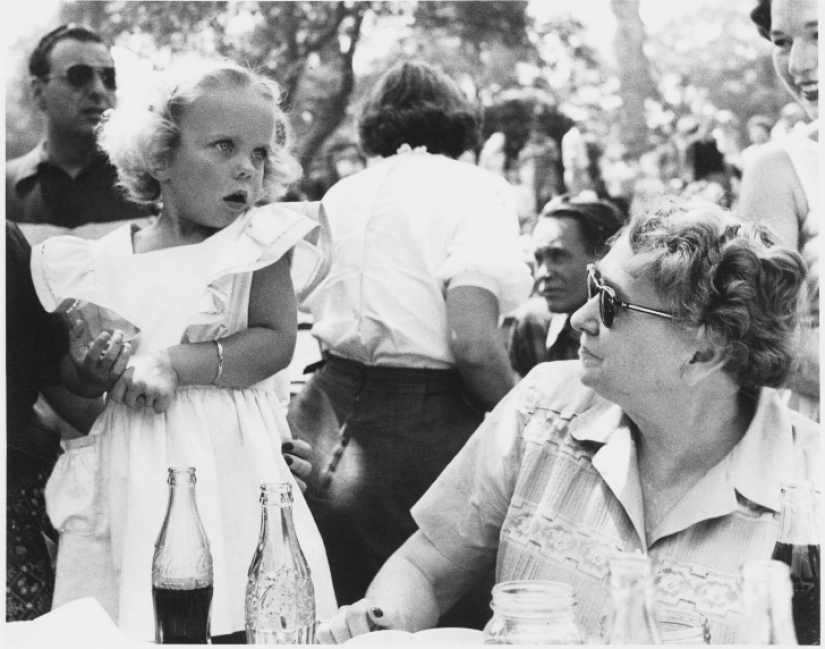
Georgia Tann was born in Hickory, Mississippi, in 1891. Her father, George, was a judge, and her mother was a southern beauty. Georgia's father was reputed to be arrogant and domineering, and also a womanizer. From an early age, it became clear that the only daughter in the Tann family was also not a gift. Stocky and broad—shouldered, she wore flannel shirts tucked into trousers-unacceptable clothes for a girl at that time. However, there was also a pragmatic interest in such a way of dressing. After the accident, Tann began to limp and felt that men's clothing could hide this flaw.
Social work has become one of the few career options for Tann that would allow her to escape from the custody of her parents as soon as possible and leave home altogether. In addition, she developed her own theory, a view of society, steeply implicated in eugenics — a scientific theory devoted to human selection. She considered wealthy people to be the highest type, and she saw the problems of the poor, in particular girls, in the absence of proper upbringing and environment.
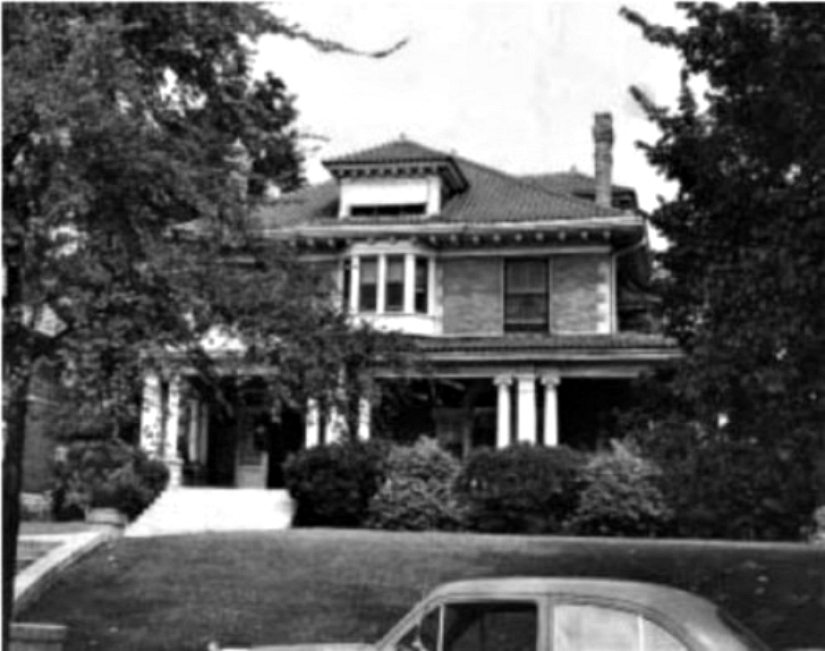
After Georgia Tann started working in an orphanage in Mississippi, she decided to put her beliefs into practice. At first, she simply processed the few documents necessary for adoption. But later she realized: taking advantage of the fact that there is no clear adoption mechanism in the country, you can make good money by charging desperate couples who want to become parents.
One of the first mothers to suffer from Tann's actions was Rose Harvey. The diabetic woman was divorced, and she had a strained relationship with her ex-husband. Tann took advantage of this circumstance and received legal permission from her father, as a result of which the mother was recognized as unable to raise her two-year-old son and he had to be sent to an orphanage. On a spring morning in 1922, Georgia picked up the child right from the yard behind the house where he was playing, took him to the orphanage and quickly arranged for his adoption by a foster family with whom she had a preliminary agreement. Rose turned to a lawyer, but her son could not be returned. Encouraged by the success, Tann realized that things could be done with great success in the future.

n
In 1924 , Tann got a job at an orphanage in Tennessee. It was at this time that she began to work on a large scale and actively acquire useful acquaintances among officials and lawyers, such as, for example, Edward Hull Crump, the mayor of Memphis. It was not without his help that she opened her own orphanage.
At the same time, Georgia met her partner, who became her lover, Ann Atwood Hollinsworth. Hollinsworth's task was to find babies for Tann — the further away from their biological parents, the better.
By the early thirties, Tann, who put the abduction of children on stream, charged wealthy clients for their "services" up to 100 thousand dollars in the modern equivalent. Tann and her henchmen acted by a variety of methods and constantly improved their criminal craft, using not only deception, but also sometimes outright theft of children. Parents could come to the nursery for their child and find out that their son or daughter had been taken away by representatives of the social service. Searches, as a rule, did not yield results — children disappeared without a trace.
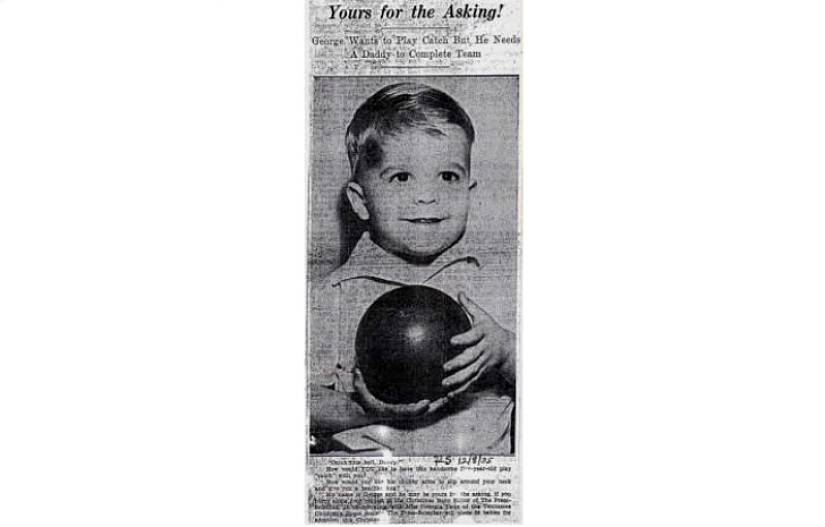
Newborn babies were the most in demand. Tann had her own people in medical institutions. Bribed nurses told mothers that their children had died. When asked to show the body, they were told that it had already been "disposed of", although at that very time the baby was going by train or car to another state. Then Georgia falsified birth documents, erasing the birth history, and created a new identity. Such children were not destined to learn about their origins, and their parents were not destined to learn about their fate. Even after the exposure of the abductor, it was almost impossible to trace the path of each such child.
Garment factory workers or dishwashers turned into "doctor's daughter" and "medical student" who refused their son or daughter after Tann manipulated the documents. Tann preferred the biography of a human commodity to be prestigious—her fascination with eugenics affected her. She never stole black children, believing that she would earn much more on the blond and blue-eyed, who were preferred by wealthy clients.
It happened that some newly-minted parents refused adopted children. One such "parent", who adopted a girl with the help of Tann, said that he was disappointed: "I paid $ 500. For less money, I could buy a good hunting dog." By the way, this girl was "lucky" — she at least found out that she was stolen from a loving family in 1925. She was later able to reunite with her family. But such finals came only for 10% of the affected children.
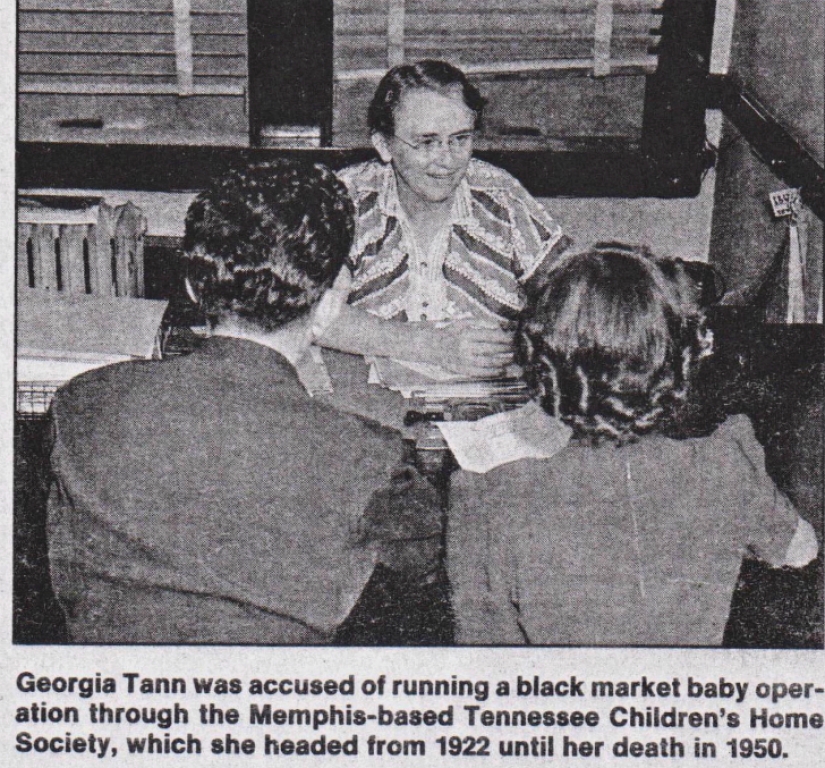
Among the charges that could be brought against Georgia Tann, abuse, bullying and even murder. According to the testimony of survivors, a special room was set up in the basement of her institution-a torture chamber, where bound children were hung on hooks and left in this position for several days with short breaks.
There is also evidence of sexual violence against girls by Tann. In addition, there is a high probability of Georgia Tann's participation or at least complicity in the murder of children. At least about 50 children in the early forties were killed by her or her henchmen. One can only guess about the number of children who fell into the hands of modern slave owners as a result of her activities. The main investigation of Tann's activities, which took place after her death, did not answer all the questions, but the available information was enough to shock the public with the scale of the crimes. By 1935, Georgia Tan's network already covered 48 states out of 50.
Tann's work as a publicist, educator and philanthropist looks particularly cynical. It's amazing how she managed to fool an entire country. Although, it would seem, even the headline of an ad published in a local newspaper on Christmas itself looked rather strange: "Do you want a real live Christmas gift?"
She wrote articles and gave lectures: "We live in a selection process. We choose a child, and we choose his house." She was praised in the national press. Eleanor Roosevelt consulted her on issues of "child policy", and President Truman invited her to his own inauguration.

The situation turned around by the mid-40s. The increase in child mortality finally alerted the authorities, but they decided to fully check the activities of Georgia Tann only in 1950. And they were horrified. State investigator Robert Taylor, who examined the shelter, put it bluntly: "Her children were dying like flies." He stated that the children he found there lived in terrible unsanitary conditions, many of them were sick, and some were sexually abused.
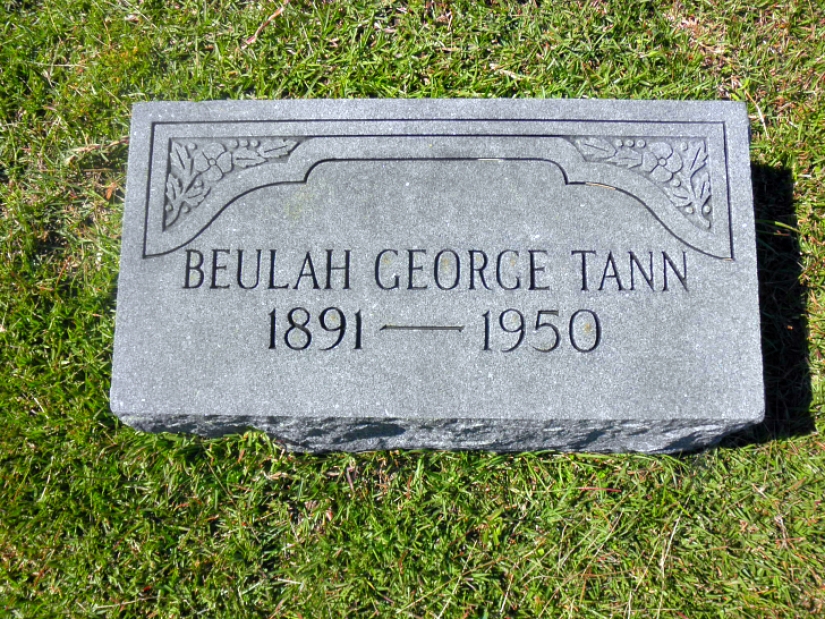
Everything was going to a high-profile trial. The governor of Tennessee was quick to call Tann an "Angel of Death" at a press conference, but he said it three days before her death. Georgia Tann died of cancer on September 15, 1950, thus avoiding just retribution. On this day, many people breathed a sigh of relief: mayors, senators, judges and lawyers, doctors and nurses, social workers — all those who collaborated with Tann on the black market of child trafficking.As already mentioned, only 10% of the victims, parents and children, were able to reunite and restore their rights. Surprisingly, some people needed their whole lives for this. There are cases when people found their lost relatives until 1995.Of course, Georgia Tann's story had other consequences. It was she who influenced the tightening of legislation in the field of adoption and the creation of social services and the strengthening of control over the stay of children in public and private institutions.
Recent articles

In the fall of 1972, Bill Yates traveled through the countryside in the vicinity of Tampa, Florida. At that time, he was studying ...

Severe cold weather does not give up its positions. We offer you to admire the magical photos of winter Europe, because snow and ...

Vladimir Lyubarov is an artist from the countryside who paints pictures of real life. But he brings amazing characters, birds, and ...